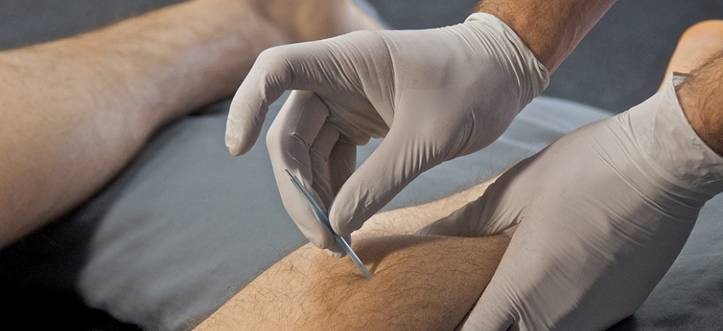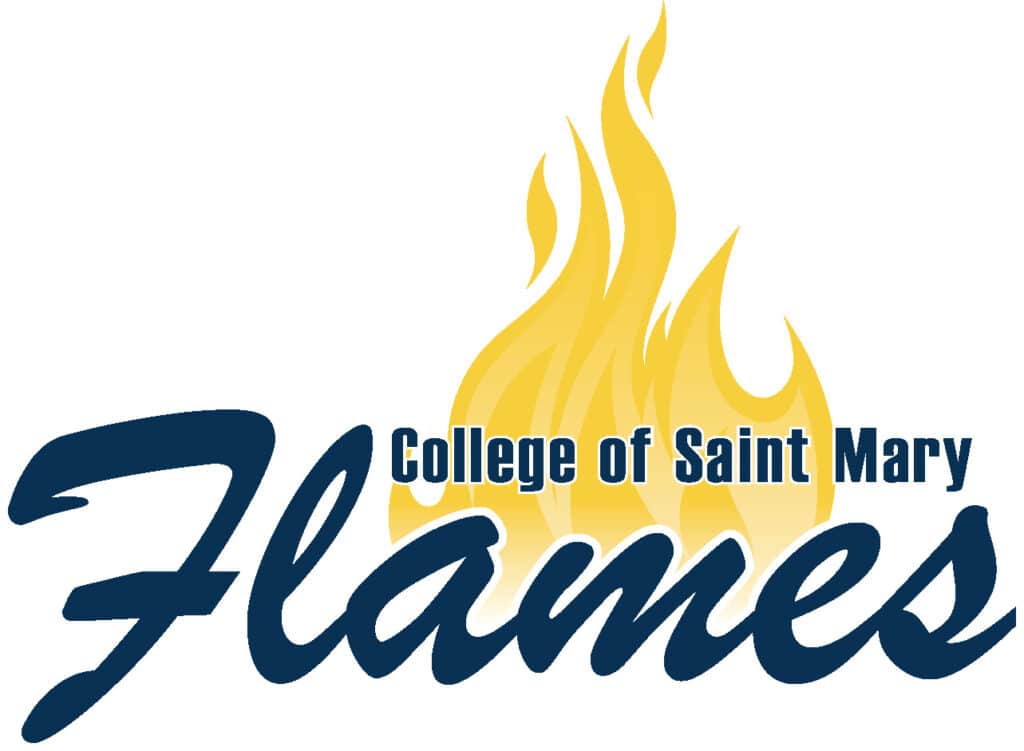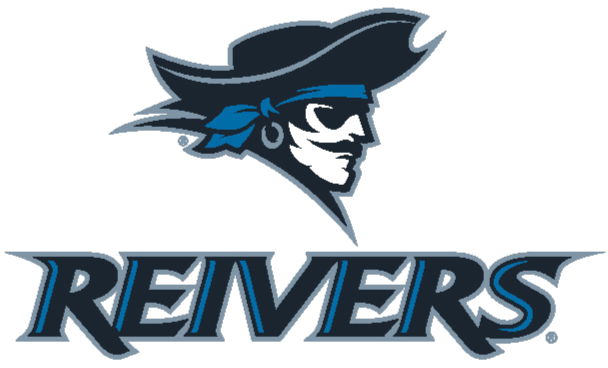
Dry needling is a treatment that is done to help ease some muscular pain through the use of needles and trigger points.
Dry needling involves the insertion of a fine filament needle into neuromuscular junctions /motor points, stimulating the muscles, and bringing unbelievable pain relief and significantly improved function to athletes and patients who have been suffering for years.
There is no injectable solution and the needle which is used is very thin. Most patients will not even feel the needle penetrate the skin, but once advanced into the muscle, the patient may have a sensation like a muscle cramp – which is often referred to as a “twitch response”. The twitch response results in deactivating the trigger point, thereby reducing pain and restoring normal length and function to the involved muscle.
Typically, positive results are apparent within 2-4 treatment sessions but may vary depending on cause and duration of the symptoms and overall health of the patient. Dry needling is an effective treatment for acute and chronic pain, rehabilitation from injury, and even pain and injury prevention, with very few side effects. This technique is unequaled in finding and eliminating neuromuscular dysfunction that leads to pain and functional deficits. How does this differ from acupuncture? Dry needling is similar in the aspect that they involve having needles poked into specific points in the body. However, they differ in that acupuncture has primarily a focus of healing the body through releasing healing energy, chi. This approach focuses on the nervous system and endorphin releases. Dry needling is primarily used with the focus of relieving tightness and pain through putting a needle directly into a pressure point or knot.
Dry needling typically helps treat things like lower back pain, headaches, sciatica, osteoarthritis, carpal tunnel, pain throughout muscles like shoulders, knees, back, neck and hips, sprains and tears, and overuse injuries like tendinitis, tennis elbow, and bursitis.
If you have some hesitation about having needles poked into you it is important to make sure you have a general understanding of what dry needling is before having the procedure done. The goal is to relieve one’s pain rather than cause more. There will be like pricking feeling while it is being done, but nothing too major due to the thin needles and precise pricking. Muscles also often contract during this before releasing the tension within them. This is something that cannot be controlled by the person being treated and sometimes can cause minor discomfort because it acts similarly to a muscle twinge for a few seconds, but once the muscle releases more relief can be felt. There is a chance that one can experience minor pain/soreness the day following the procedure, but drinking plenty of water, ice, heat, and some exercise or stretching can help relieve some of this pain.
This method has gradually been becoming more and more popular throughout the country. It is important to ensure that the person doing the dry needling has had training in some capacity. A physical or occupational therapist has had a lot of training with how the human body works/heals. Therefore, they can really help the individual figure out the best individualized treatment plan for them.
If you think that this might be a good fit for your pain, call to schedule an appointment with one of our therapists: Joshua Bintz (DPT), Amanda Askey (PTA), Hannah Wooden (PTA), or Angel Arora (OTR/L, OTD).

